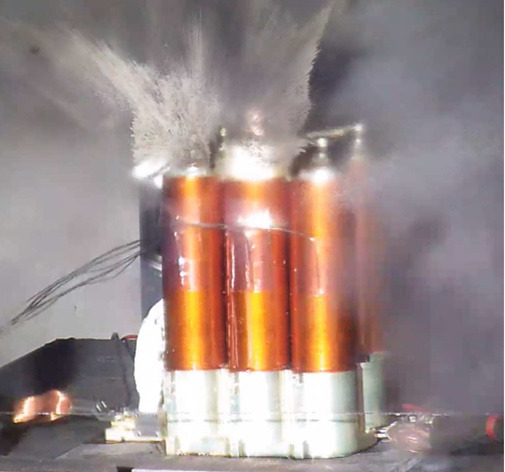ESA Shoots And Blows Up Batteries In Project To Reduce Space Debris
The European Space Agency has conducted a series of tests that involve blowing up batteries as part of research into preventing space debris. The work took place in bunkers and involved engineers using a variety of methods to destroy lithium-ion space batteries, including short-circuiting them, shooting them, and causing them to overcharge and overheat.
These tests were designed to subject space batteries — the kind found on satellites — to extreme abuse in order to see what it would take to safeguard against an unwanted explosion in space. The research took place in bunkers belonging to France's Alternative Energies and Atomic Energy Commission, according to ESA.
The project is ultimately concerned with reducing space debris, namely the junk produced from an inactive satellite that experiences a battery explosion. These explosions may cause the satellites to break apart, potentially propelling the spacecraft into some other satellite's orbit or ejecting debris that puts other missions at risk.

According to ESA power systems engineer François Bausier, more than 250 satellite explosions are known to researchers, and around 10 of them were caused by battery explosions. Each known case involved older, defunct technologies, however. The newer lithium-ion batteries currently used by the ESA haven't been observed blowing up in orbit, but that it remains a possibility.
Under the space agency's Clean Space Initiative, the team is conducting tests to help determine methods that could help prevent such scenarios in the future. More than 200 battery tests have been conducted on various battery modules and cells, including ones that experienced simulated space radiation and were artificially aged using charge and discharge cycles.
In addition to looking at internal protection systems that could help protect the satellites, the researchers also looked at 'overdischarge' events, which could potentially be used as a way to safely decharge the batteries and reduce their risk. As well, the team shot batteries with 8mm bullets to simulate micrometeoroid strikes.
